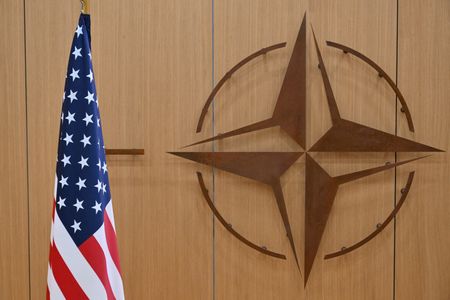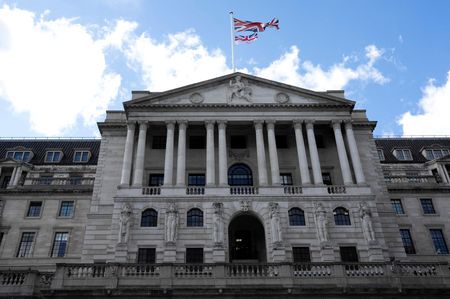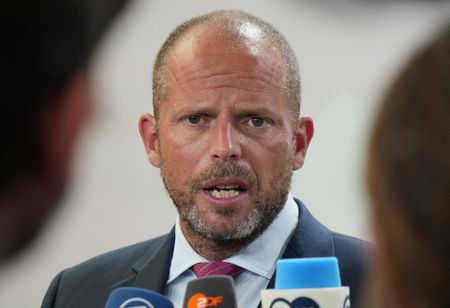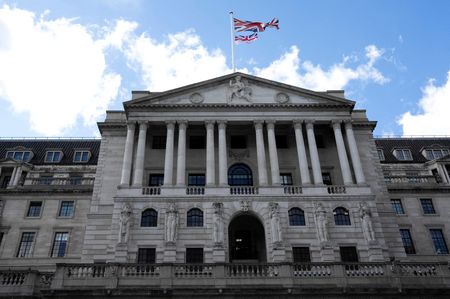By Linda Pasquini and Helen Reid
(Reuters) -Adidas’ group sales dipped 5% in North America in the third quarter, weighed down by the end of the popular Yeezy sneaker line last year and a volatile global environment affected by U.S. tariffs.
Global revenues, meanwhile, grew 3% to hit 6.63 billion euros ($7.73 billion) – a record, according to CEO Bjorn Gulden.
Adidas has sought to put the Yeezy affair behind it since ending the highly profitable partnership with the brand’s designer – the rapper Ye, formerly known as Kanye West – over his antisemitic rants.
The loss of the line dented revenues, driving the company to an annual loss in 2023. It sold its last pair of Yeezy shoes at the end of 2024.
SALES GROWTH SLOWER IN US, STRONG EURO HITS REVENUES
Sales excluding Yeezy rose 8% in currency-neutral terms in North America in the quarter, slower growth than in Europe and Asia, indicating a weaker U.S. consumer. Overall sales excluding Yeezy were up 12% in currency-neutral terms.
“Even though the general consumer is not strong and there was lots of inventory in the market, still Adidas manages to grow well,” said Simon Jaeger, portfolio manager at Flossbach von Storch in Cologne.
A stronger euro has hit Adidas sales by more than 300 million euros, the company said, as it makes dollar revenues worth less in euro terms.
Adidas hiked its annual profit outlook last week, saying it successfully offset part of the extra costs caused by higher U.S. tariffs.
Its top-selling Samba sneakers, previously priced at $90 and up, now start at $100 on its U.S. site.
Under Gulden, Adidas’ recovery from the end of Yeezy has been fuelled by multicoloured three-striped “terrace” sneakers like the Samba and Gazelle, but the brand has been looking for new sources of growth as that trend turns.
“I think the terrace trend is in the middle of its life cycle … but the success of the company will not be only driven by Samba and Gazelle,” said Jaeger.
Adidas said its running segment – where it has invested in new high-tech shoes and marathon-winning athletes – grew 30% in the quarter, improving on 25% second-quarter growth.
TARIFF IMPACTS, SUPPLY CHAIN SHIFTS
Sportswear brands, which source everything from tracksuits to sneakers from factories in Asia, are shifting their supply chains and raising prices to manage the impact of higher U.S. tariffs.
“The environment is volatile with the tariff increases in the U.S. and a lot of uncertainty among both retailers and consumers around the world,” Gulden said in a statement.
The tariff uncertainty has hurt sportswear brands’ shares this year, with Adidas down 22% and Nike down 11% since January 1.
($1 = 0.8575 euros)
(Reporting by Linda Pasquini in Gdansk and by Helen Reid in London; Editing by Matt Scuffham and Joe Bavier)











